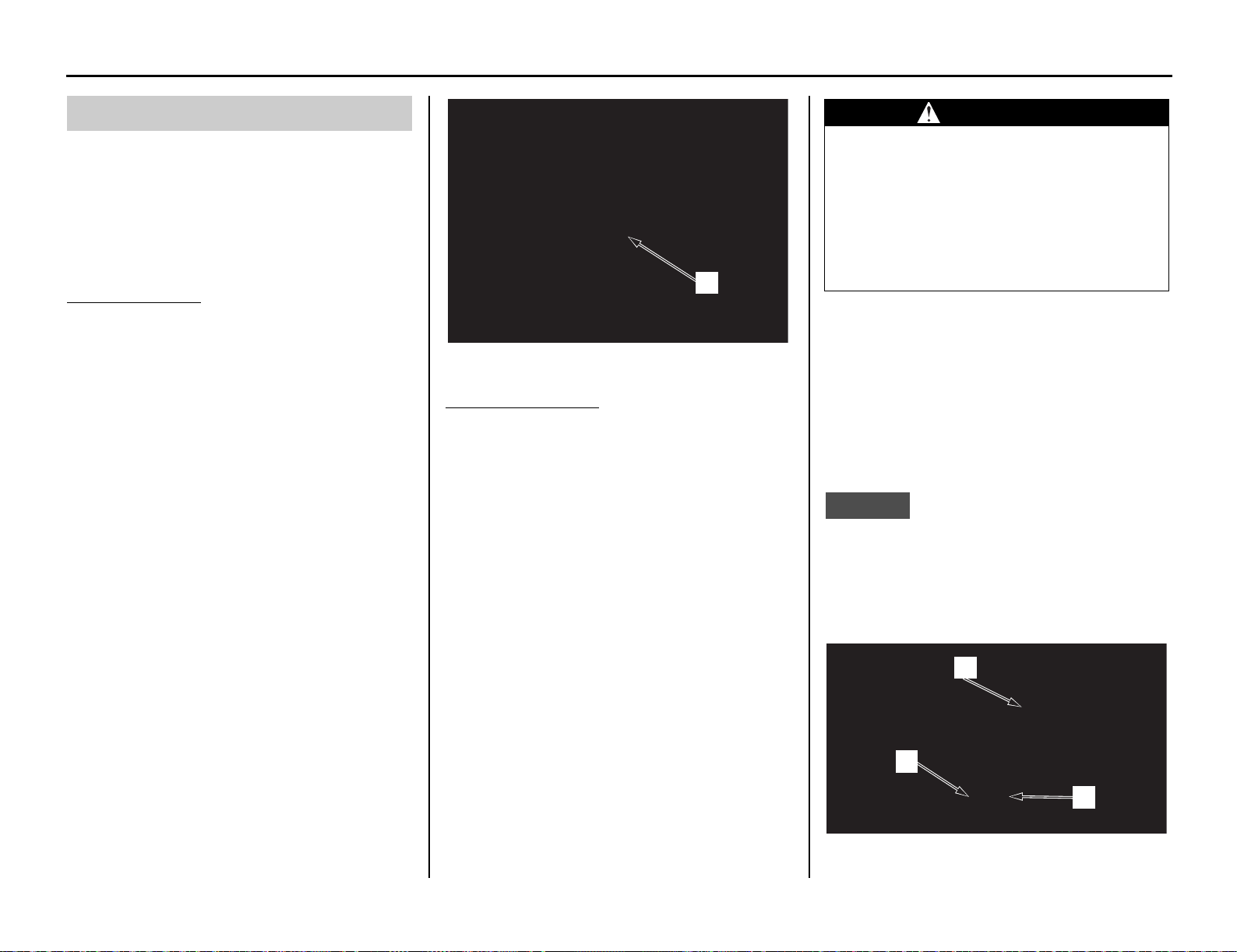Loading ...
Loading ...
Loading ...

Carburetor Adjustments & Tuning Tips
120
Adjustments for Competition
The standard carburetor settings are ideal for the
following conditions: sea level altitude, and 68°F
(20°C) air temperature. If your conditions are
different, you may need to adjust the carburetor
settings, using the tuning information on pages 117
to 119. Confirm your settings are correct before
proceeding.
Minor Adjustments
1. Adjust the carburetor setting using the tuning
information on pages 117 to 119.
2. When the engine is warm enough to run
without the choke, push the choke knob in to
its off position.
3. Adjust the pilot screw (1) to obtain the best off-
idle performance.
– If the engine blubbers (rich) exiting a corner,
turn the pilot screw clockwise to lean the
mixture.
– If the engine surges (lean) exiting a corner,
turn the pilot screw counterclockwise to
richen the mixture.
The minimum to maximum range of pilot screw
adjustments is 1 1/2 to 2 1/4 turns out from the
lightly seated position. If you exceed 2 1/4 turns
out, the next larger slow jet is needed. If you are
under 1 1/2 turn out, the next smaller slow jet is
needed.
Adjustment Procedure
1. Turn the pilot screw in until it is lightly seated
and record the number of turns. Turn the pilot
screw out the same number of turns.
2. Warm up the engine.
3. Adjust the engine idle speed (page 48).
4. Make two or three laps of a course with the
standard setting or corrected jetting (page
117) and spark plug. Note engine acceleration
and other engine conditions in relation to
throttle opening. Verify carburetion by
removing the spark plug and reading its firing
end (page 122). It may take more than two or
three laps to get a good spark plug reading
with a new spark plug.
5. Change carburetor settings or select suitable
carburetor jets, taking into consideration the
engine conditions and factors for temperature
and altitude (page 117).
6. Adjust the pilot screw as required.
If you’ve determined that the main and slow jets
must be changed, you must rotate the carburetor
and remove the float bowl plug.
7. Turn the fuel valve OFF.
8. Drain the remaining fuel in the float bowl by
loosening the drain screw (2). Then tighten the
drain screw after draining the fuel.
Drain the carburetor into an approved gasoline
container and dispose of it in an approved manner
(page 130).
NOTICE
Improper disposal of drained fluids is harmful to
the environment.
9. Loosen the connecting tube clamp and
insulator band screws. Rotate the carburetor.
10. Remove the float bowl plug (3).
Check the float bowl plug O-ring (4) is in
good condition. Replace it if necessary.
Carburetor Minor Adjustments
(1) pilot screw
(1)
WARNING
Gasoline is highly flammable and
explosive. You can be burned or seriously
injured when handling fuel.
• Stop the engine and keep heat, sparks
and flame away.
• Handle fuel only outdoors.
• Wipe up spills immediately.
(2) drain screw (4) float bowl plug O-ring
(3) float bowl plug
(2)
(3)
(4)
31KSE7100_NA.book 120 ページ 2019年4月9日 火曜日 午後1時13分
Loading ...
Loading ...
Loading ...